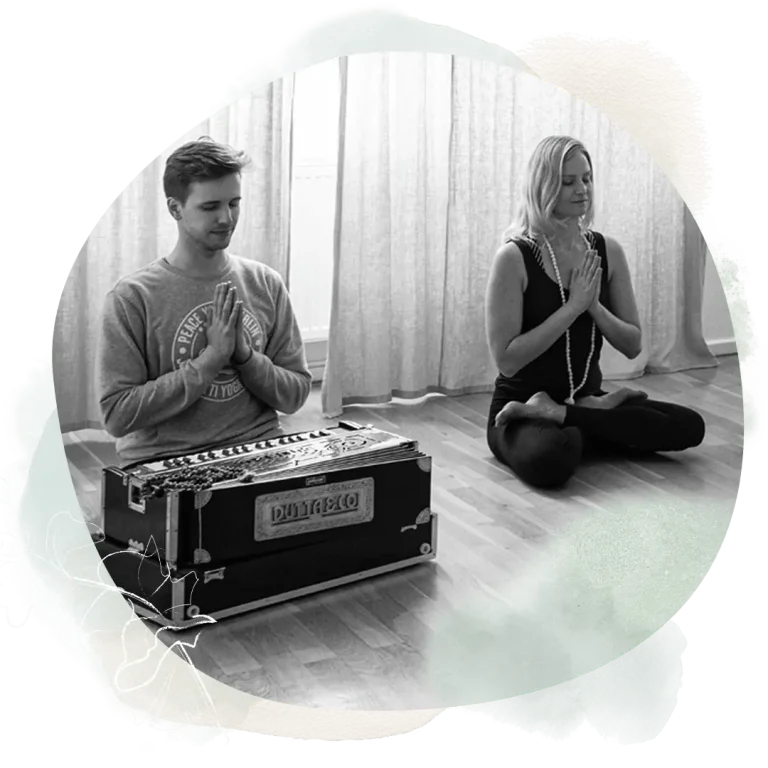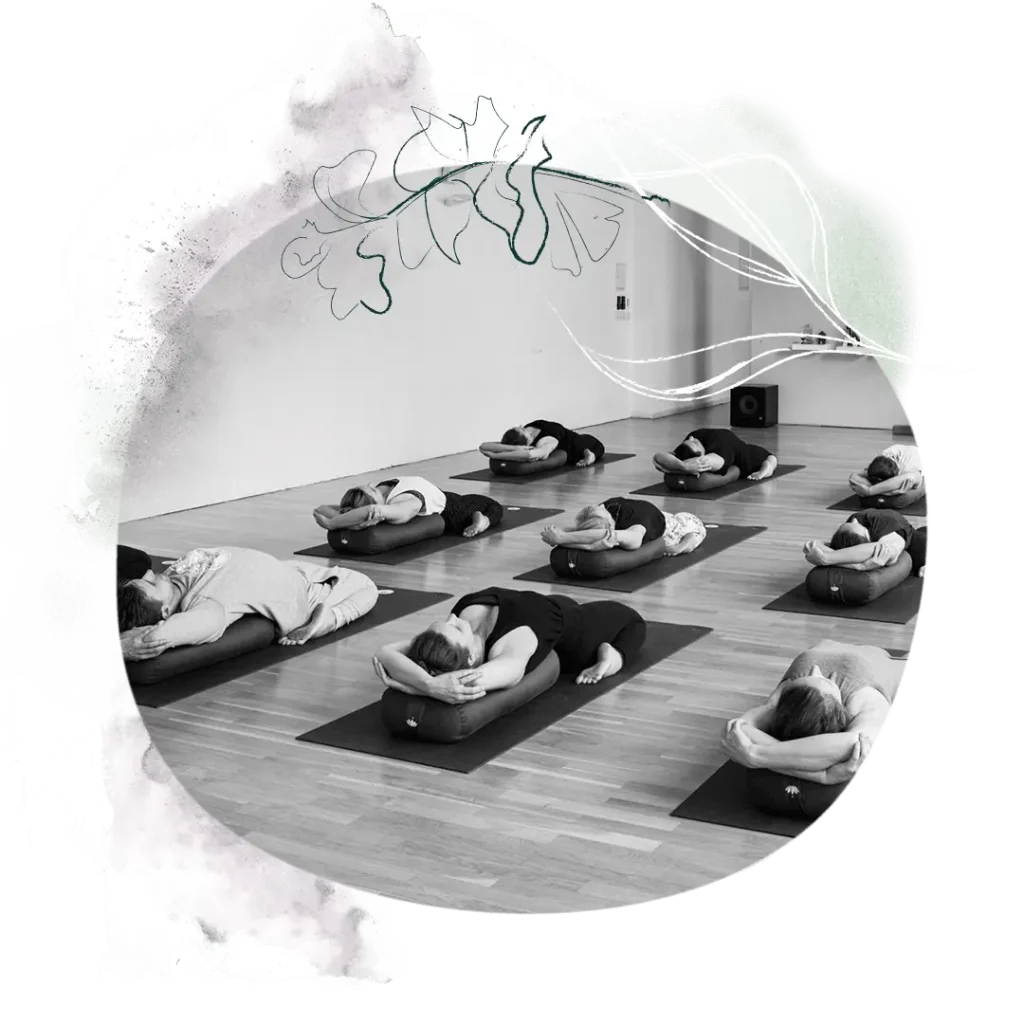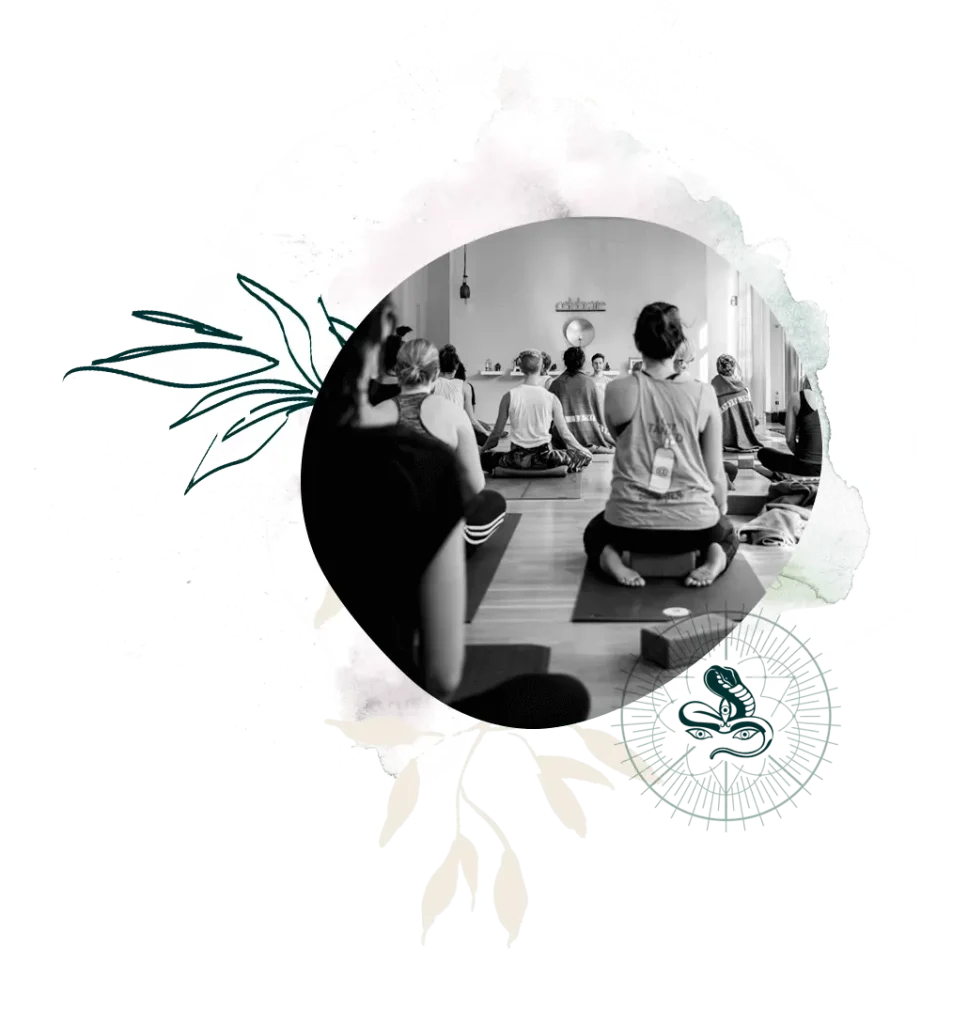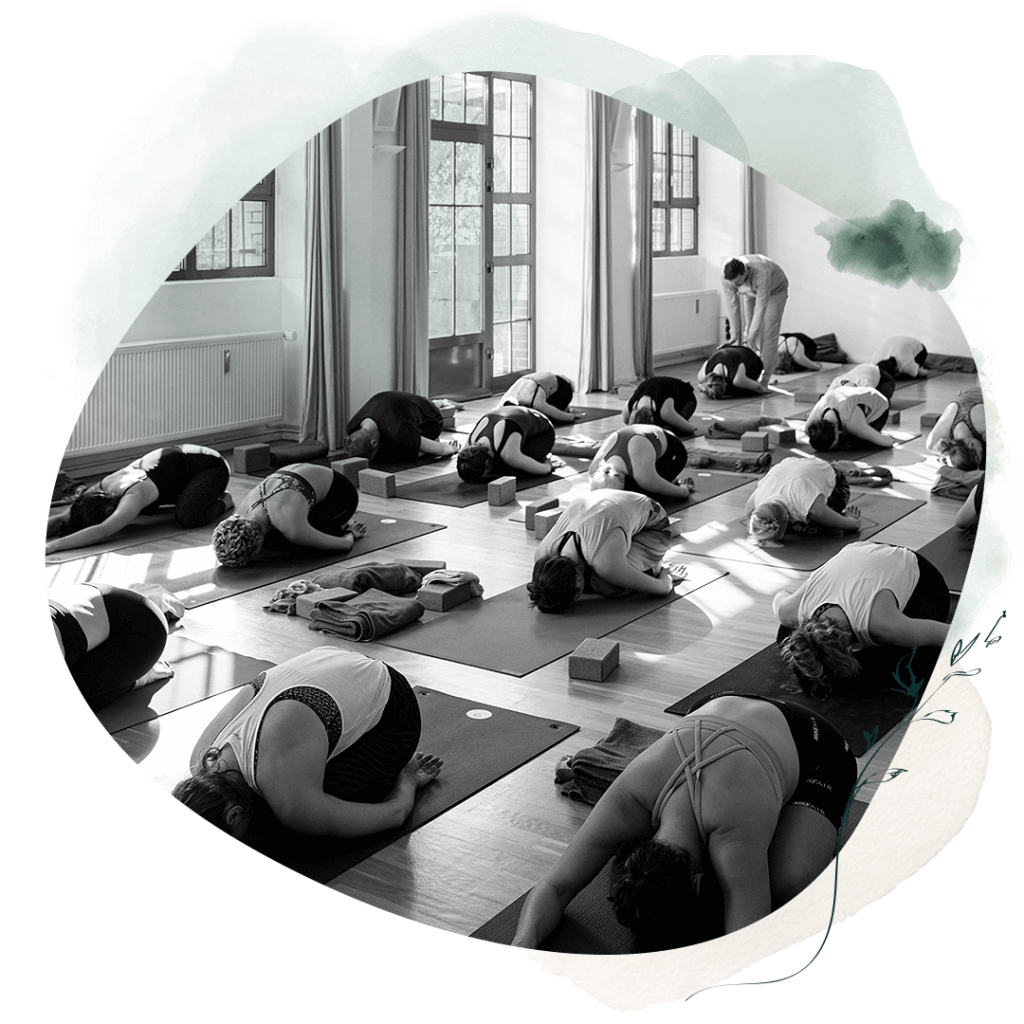Do yoga classes need a difficulty level?
Authored: Moritz Ulrich | Reading time: 4 minutes | last edited: 25/08/2025
Imagine you want to attend a new yoga class. You read "Level 2" and ask yourself: "Am I good enough for this? What does level 2 even mean?" Or the other way round: "Why is there no clear categorisation - how do I know if I'm in the right place?"
The truth is that it is incredibly difficult to clearly define difficulty levels in yoga. What is challenging for one person may feel easy and natural for another. This subjectivity often makes such categorisation as helpful as it is confusing.
In this article, you will find out why difficulty levels are discussed in yoga classes, what alternatives there are and how you can find the right class for you. You may also discover a new perspective on your own practice.
The most important facts in brief:
- Subjective orientation: Although difficulty levels in yoga offer a rough guide, they are heavily dependent on individual perception and can quickly lead to uncertainty.
- Open classes as an alternative: Open yoga classes (e.g. in the Jivamukti Yoga) deliberately avoid fixed levels and allow beginners and advanced students to practice together.
- Independent choice: If you are looking for the right class, you should set personal goals, approach teachers specifically and take advantage of trial lessons (for example, the 14-day intro offer in the Peace Yoga Studios) to find the best possible entry point.
What does difficulty level mean in yoga?
Definition of difficulty levels
The idea behind difficulty levels is clear: they are intended to provide guidance. Terms such as "beginner" or "advanced" are intended to make it easier for people to decide which class suits them best.
But what does "beginner" really mean? And who decides when someone is "advanced"? Is it the headstand that catapults you into level 3 or the ability to meditate silently for 20 minutes? The definitions are often vague and depend heavily on perspective - on the teacher, the yoga method and not least on your own perception.
Why a level system was introduced
A level system arose from a desire for clarity. Beginners should feel safe, while advanced practitioners are challenged. However, practice shows that life - and yoga - is not so linear. What is difficult for one person can be effortless for another. This diversity is what makes yoga so unique and beautiful, but also challenges level systems.
Advantages and challenges of a level system in yoga
The advantages of a difficulty level
- Orientation: Levels offer a certain level of security, especially for beginners. "This is the right place for me, I can start here."
- Motivation: Progress by moving to a higher level can be an incentive.
- Planning: Teachers can organise classes that are tailored to a specific target group.
.

Challenges and potential disadvantages

- Subjectivity: What is "easy" and what is "difficult"? Your answer could be very different from the person next to you.
- Print: People might feel forced to conform to a level instead of following their own practice.
- Loss of flexibility: A rigid system can lead to individual needs being overlooked.
Yoga is not a staircase that you have to climb step by step. Rather, it is like a wide space in which everyone is on their own path. The challenge is to maintain this space in a class community.
Alternatives to the level system in yoga classes
Open yoga classes without levels
Imagine a class that is open to everyone - regardless of whether someone is doing their first cat-cow movement or practising headstand every day. This is exactly the idea behind the open classes in Jivamukti Yoga.
It's not about who is how far along, but about how deeply each individual immerses themselves in the practice. Teachers organise the class in such a way that beginners and advanced students alike are inspired. The diversity of the participants is an enrichment.
Jivamukti Yoga as an example
The founders of Jivamukti Yoga, Sharon Gannon and David Life, have deliberately refrained from categorising levels. Instead, the focus is on the fact that everyone is welcome - regardless of their own experience or level of practice. This openness challenges teachers and students alike, but also creates a space for transformation.
How do I find the right yoga class for me?
Analyse your own needs
What do you want to achieve in your yoga practice?
- More relaxation in everyday life?
- Physical strength and agility?
- A deeper spiritual connection?
The answer to this question will help you find the right path - regardless of the level.
Communication with teachers
Don't be afraid to ask questions. Talk to teachers about your uncertainties and expectations. A short conversation is often enough to get clarity.
Use trial lessons
In a trial class, you can find out whether a class suits you. At the Peace Yoga Studios in Berlin, you have the opportunity to experience the diversity of Jivamukti Yoga first-hand and develop your practice further. Book our intro offer here: 14 days, as much yoga as you want.


Yoga online live classes
In addition to our regular yoga classes on site, we also offer Yoga Online Courses online. Whether you want to practise independently of the timetable, learn a special new skill or exchange ideas with like-minded people - our online offerings range from recorded videos and live classes to Q&A sessions. Moritz & team provide you with courses for beginners, advanced students and special topics such as harmonium or yoga sutra, which you can use flexibly at any time. Further information and registration for the online courses can be found at here.
Conclusion: Do yoga classes need a difficulty level?
The answer is: it depends. Difficulty levels can provide guidance, but they can also have a restrictive effect. Jivamukti Yoga emphasises the idea that yoga is a space for everyone - regardless of labels such as "easy" or "difficult".
Whether you are completely new to yoga or a long-time practitioner - discover the openness and diversity of Jivamukti Yoga at Peace Yoga Berlin. Book our intro offer now and try us out for 14 days and let yourself be inspired!


